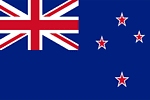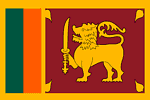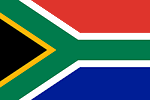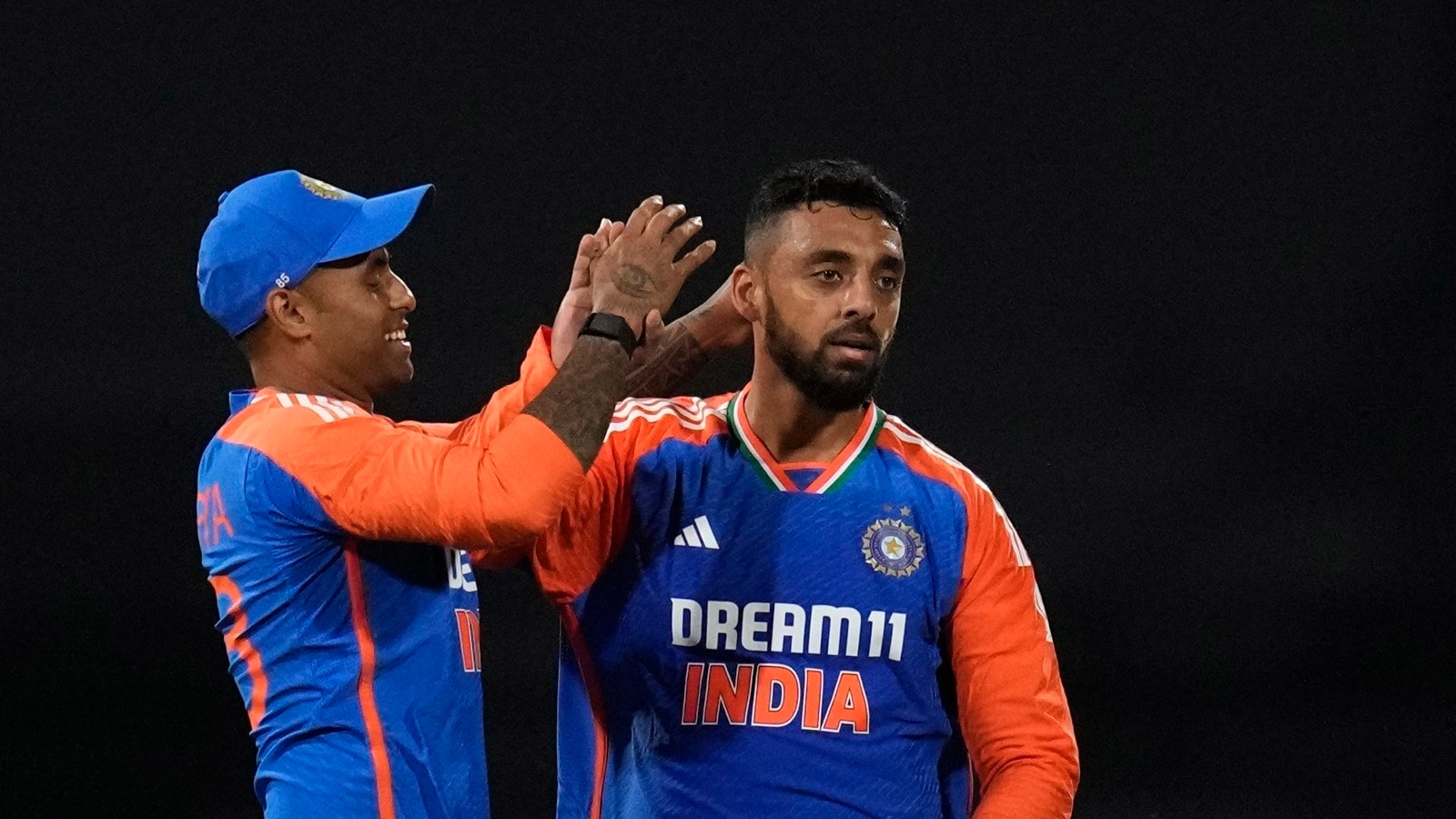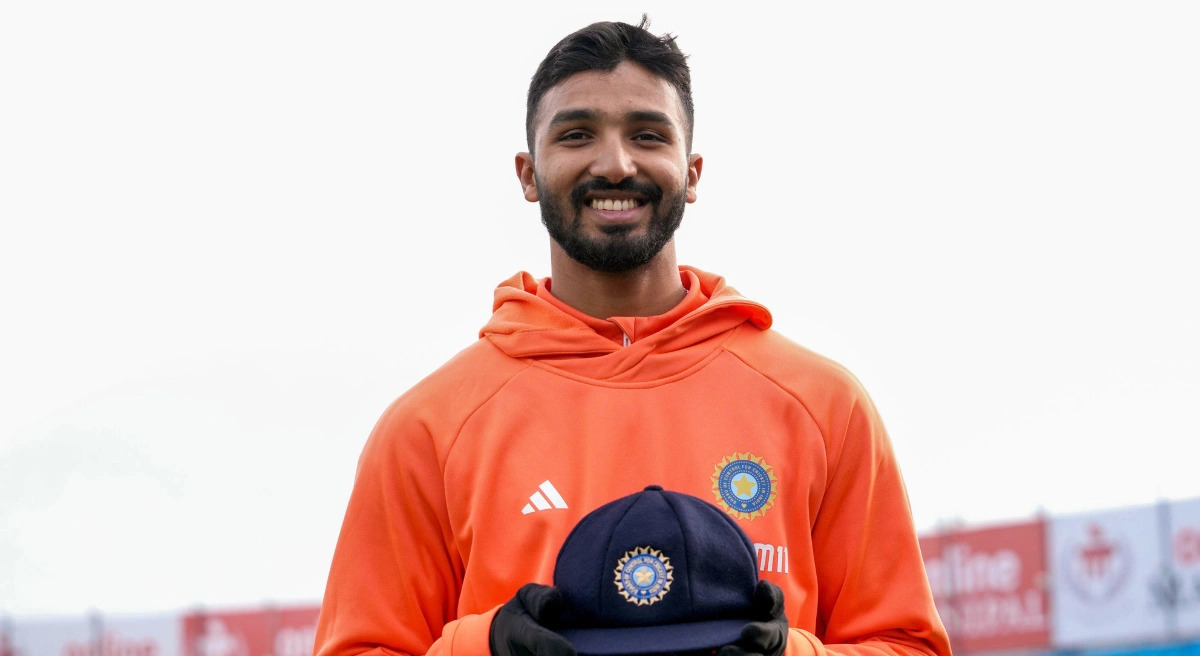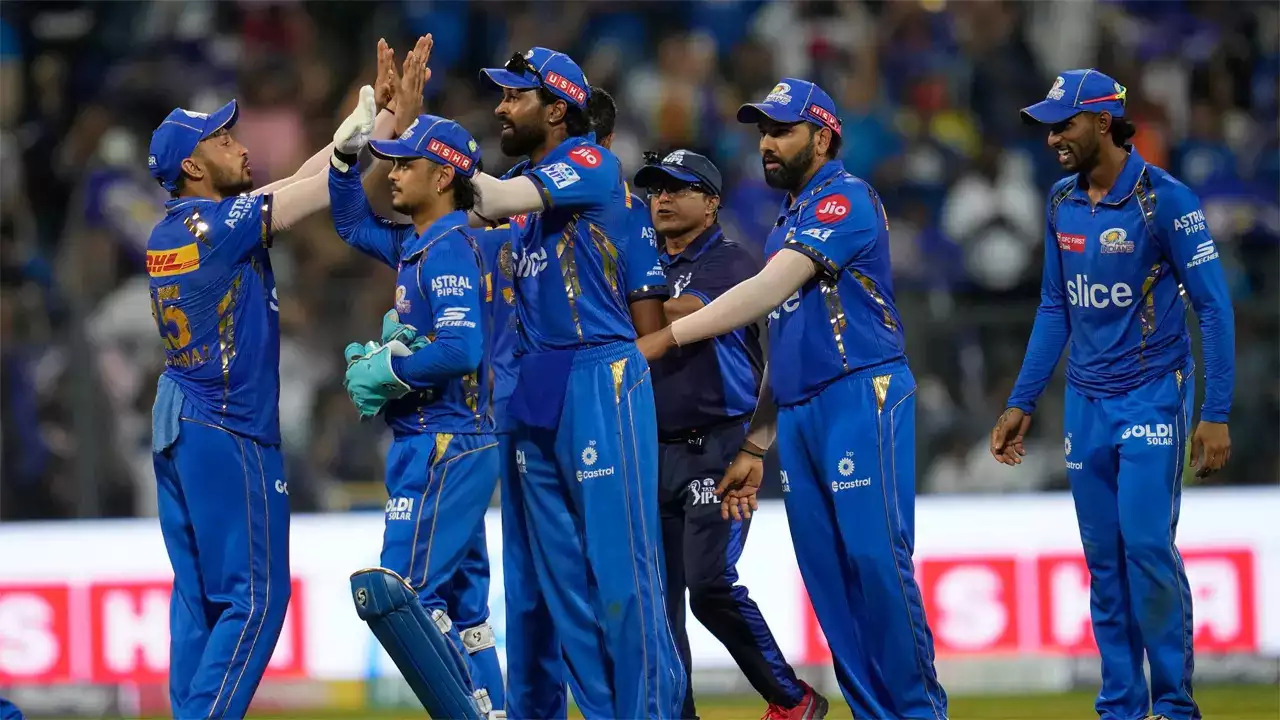Introduction
The International Cricket Council (ICC) staged the 2015 World Cup, the 11th iteration of the Cricket World Cup.
The ODI match, which was held from February 14 to March 29, 2015, was hosted by Australia and New Zealand. It was the second time that both countries had the opportunity to hold the significant One-Day International (ODI) competition. Both regions hosted the 1992 World Cup, which Pakistan won for the first time under the charismatic leadership of Imran Khan.
the preferred
India, Australia, and South Africa were the three teams with the best ODI records among the 14 teams, making them the favorites to win the tournament. Along with it, these clubs also featured a star-studded lineup of players with the ability to win games.
Under MS Dhoni, India entered the contest as the defending champions. However, their adventure came to an end when Australia defeated them by 95 runs in the semifinal match at Sydney Cricket Ground (SCG). South Africa, like India, advanced to the semifinals but fell to New Zealand by four wickets in the thrilling match played at Eden Park.
Australia, one of the favorites to win the competition and the co-hosts, excelled throughout and won the trophy with a convincing seven-wicket victory over New Zealand in the championship game at the Melbourne Cricket Ground (MCG). To win the title for a record fifth time, the Men in Yellow outperformed top teams including England, Sri Lanka, Pakistan, and India.
As they made their maiden World Cup finals appearance, New Zealand also gave cricket fans a noteworthy showing. But they were unsuccessful because the Australians outplayed them in the championship match by a score of convincingly seven wickets.
tournament style
There were 14 teams competing in the competition, split into two pools of seven teams. Each team faced the other once. Quarterfinals, semifinals, and a final made up the knockout stage, which was open to the top four teams from each pool.
Famous games and occasions
Cricket fans watched some exciting matches during the tournament. Steven Finn scored three runs in the final over of Australia’s innings in the tournament’s second game against England. Mitchell Johnson, Glenn Maxwell, and Brad Haddin were all defeated by the England pacer. James Taylor played an undefeated innings of 99 off 90 despite attempting to reach the enormous 343-point mark after Finn’s century. However, Australia had the better of the day as the home team won the game easily by 111 runs.
During the quarterfinal match between Australia and Pakistan at the Adelaide Oval, cricket fans had an incredible moment. Pakistan crumbled after batting first and reaching 213 in 49.5 overs. The Australians were three behind the total while chasing it at 59. David Warner and Michael Clarke were two highly prized victims who Wahab Riaz claimed in the second half of the match while appearing to be in good form.
After Shane Watson entered the middle following Clarke’s ejection, Wahab began to verbally and physically assault the veteran. Wahab’s batting prowess was mocked by Watson during Pakistan’s innings. The pacer looked to exact revenge when Watson approached the crease. Watson ultimately emerged victorious after scoring an unbeaten 64 off 66 runs to help his team defeat the visitors by six wickets.
Rahat Ali’s successful completion of the grab against the Australian on the first ball of Riaz’s 17th over would have given Wahab the victory in this match, though. Rahat lost a dolly while fielding at the deep backward square leg, costing Pakistan the game.
The quarterfinal match between South Africa and New Zealand during the tournament was another match that made history. South Africa won the toss and put up a respectable total of 281 runs in 43 overs in the rain-shortened knockout game. Brendon McCullum and Martin Guptill of New Zealand provided the squad with a wonderful start with their 71-run opening stand that came in just six overs after the revised total of 298 in 43 overs. Despite the strong beginning, the Kiwi team faltered as they lost four wickets at 149 runs.
Following the expulsion of the top four batters, Grant Elliott and Corey Anderson stepped up and combined for 103 runs, reentering the game for the Black Caps. After scoring 58 points off of 57, Anderson returned to the pavilion. With one ball left in the match, Elliott maintained composure and guided his team to victory with his unbeaten 84 off 73. Elliott’s blazing batting performance helped the Kiwi team win by four wickets.
Key players
Mitchell Starc was a key component of Australia’s outstanding victory when it came to handling the ball. Along with Trent Boult of New Zealand, who took 22 scalps in nine games, the speedster finished the championship with a combined total of 22 wickets taken at an economy rate of 3.50.
Both Trent Boult and Martin Guptill made significant contributions to New Zealand’s respectable campaign. Guptill finished the event with the most runs scored, scoring 547 in nine games. The Kiwi opener played a fierce knock of 237 off 163 in the knockout encounter against the West Indies, leading his team to a 143-run victory. The second-highest individual score in ODI cricket was made by Guptill against the Caribbean team.
Historical Background
During the Southern Hemisphere event, some incredible records were set and broken. The eighth bowler to record a World Cup hat trick was Steven Finn, who did it in the second game of the competition against Australia. He became the first bowler to accomplish the feat in a World Cup for England.
JP Duminy, who came in after Finn, became the ninth player to score a hat-trick in a World Cup. To achieve the feat, the Protea veteran trapped Angelo Matthews, Nuwan Kulasekara, and Tharindu Kaushal. The only player from South Africa to score a hat-trick in a World Cup is Duminy. South Africa defeated the 1996 World Cup winners by nine wickets.
In the tournament’s 15th game, Chris Gayle also added a remarkable accomplishment to his resume. Against Zimbabwe, the southpaw scored 215 runs and led his team to a 73-run victory (Duckworth-Lewis-Stern method). Gayle’s outstanding performance made him the fourth hitter in Men’s Cricket history to score a double century in an ODI.
Gayle’s knock lasted three days before AB de Villiers destroyed the Windies bowling staff. The Protea veteran needed just 52 deliveries to score the third-fastest One-Day World Cup century. De Villiers returned to the pavilion after scoring 162 off 66 without losing. South Africa scored 400 or more for the fourth time in ODI cricket thanks to his explosive performance. De Villiers was named Player of the Match for his outstanding performance as the Proteas defeated the opposition by 257 runs. The massive victory ranks third in ODI cricket in terms of runs won by South Africa.




 Win Projections to be updated soon
Win Projections to be updated soon